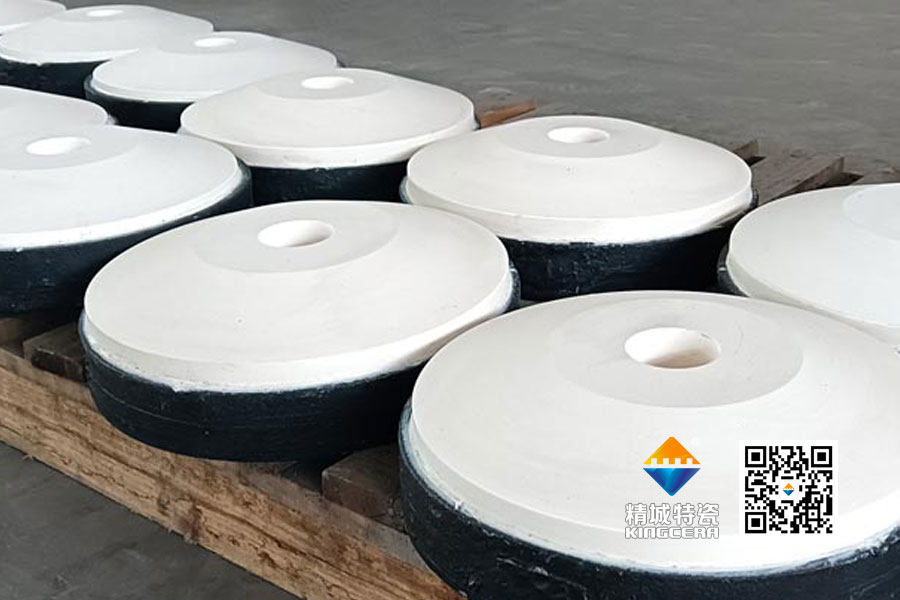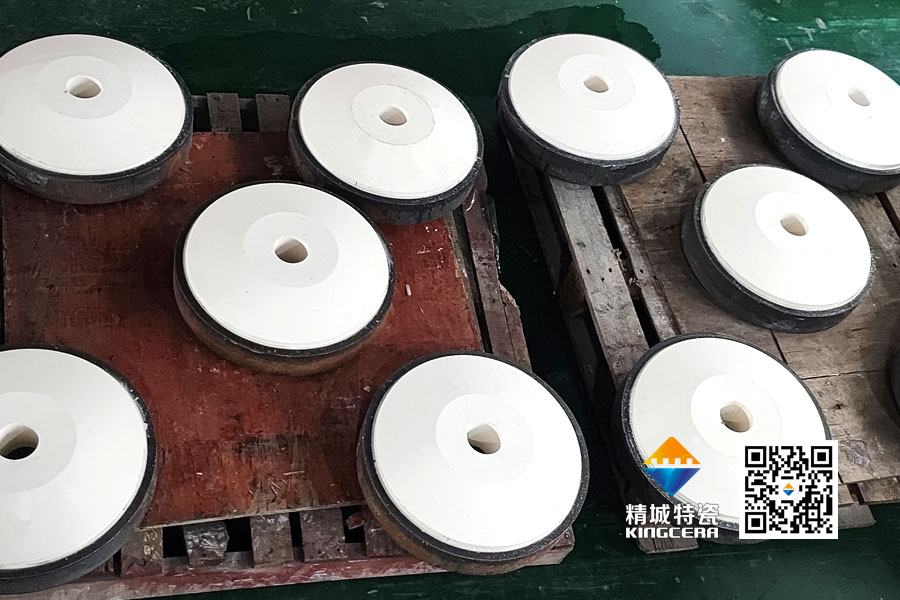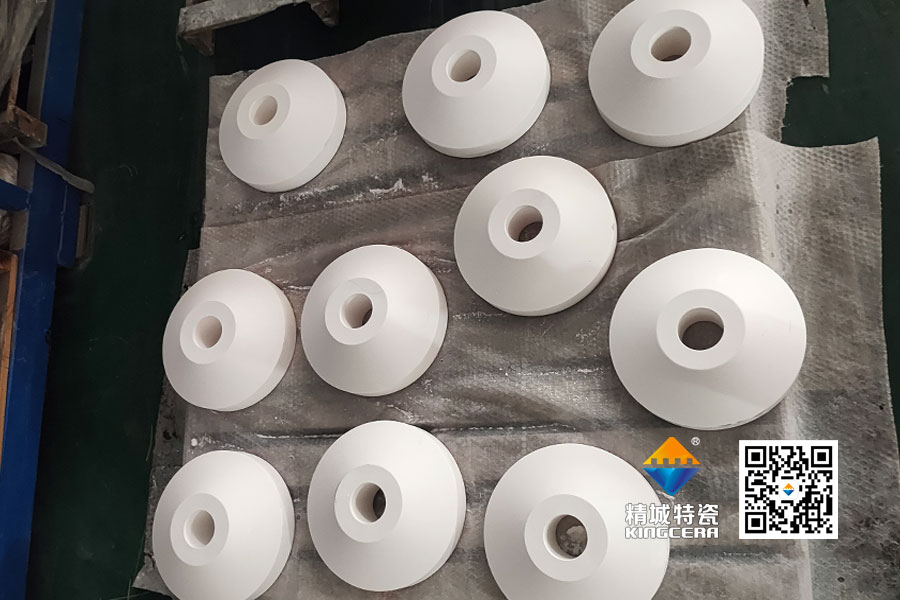As one of the representative devices in the modern crushing industry, impact crushers can process high-hardness materials such as river pebbles and granite. They are widely used in industries such as mining and construction materials. Among the key components of an impact crusher, the distributor cone plays a crucial role in material screening and distribution. Its lifespan and efficiency directly determine the crusher's productivity. However, due to prolonged exposure to high-hardness materials and constant high-intensity impact and wear, traditional distributor cones are prone to damage and clogging, requiring frequent replacements. The introduction of the Kingcera’s fully ceramic distributor cone has significantly extended the lifespan of impact crushers, earning the recognition and praise of many manufacturers.
I. Limitations of Traditional Distributor Cones
Before the advent of ceramic distributor cones, the industry commonly used distributor cones made of high-manganese steel or high-chromium cast iron. However, these materials have significant performance drawbacks:
(1). Insufficient Hardness: The hardness of traditional metal materials typically ranges between HRC 55-65, far lower than that of ceramic materials.
(2). Rapid Wear: In a working environment subject to continuous friction from high-hardness materials, the surface of metal distributor cones wears quickly, necessitating frequent replacements.
(3). High Maintenance Costs: Frequent replacements not only increase spare parts costs but also result in production downtime, impacting overall operational efficiency.
Ceramic distributor cones are primarily made of two material types: 95% alumina ceramics and ZTA ceramics. Their performance comparison is as follows:
|
Material Type |
Main Components |
Hardness (HRA) |
Relative Service Life |
Impact Resistance |
|
95% Alumina Ceramic |
Al₂O₃ ≥95% |
≥85 |
3 times that of high-chromium cast iron |
Moderate |
|
ZTA Ceramic |
Al₂O₃ + ZrO₂ |
≥88 |
6 times that of high-chromium cast iron |
Excellent |
III. Wear Resistance Mechanism of Ceramic Distributor Cones
The exceptional wear resistance of ceramic distributor cones is derived from their unique material structure and wear resistance mechanisms:
(1). Dense Microstructure: The ceramic structure, formed through isostatic pressing and high-temperature sintering, has virtually no porosity. Its highly smooth surface significantly reduces the friction coefficient.
(2). High-Hardness Crystal Phases: The primary crystal phase of alumina (Mohs hardness 9) and the zirconia phase (Mohs hardness 8.5) form an ultra-hard network, effectively resisting the cutting wear from high-hardness materials.
(3). Energy Dissipation Mechanism: The zirconia toughening effect in ZTA ceramics absorbs impact energy. Upon material impact, the phase transformation dissipates impact energy, preventing crack propagation.
IV. Manufacturing Process of Ceramic Distributor Cones
Kingcera employs a fully self-developed production process to ensure product quality:
(1). Raw Material Preparation: High-purity alumina powder imported from Australia is used as the base, with zirconia and other components added according to a patented formula.
(2). Powder Processing: High-quality powders with good flowability and uniform particle size distribution are produced using a spray granulation tower.
(3). Forming Process: Cold isostatic pressing technology is used to ensure uniform density and structural integrity of the ceramic embryo.
(4). Sintering Technology: Sintering is carried out at high temperatures of 1600-1700°C to form a dense microstructure.
(5). Precision Machining: Equipped with advanced machining facilities, Kingcera ensures dimensional accuracy within ±0.1mm.
(6). Stringent Quality Control: Products undergo multiple quality checks to guarantee reliability and durability.
V. Comprehensive Advantages of Ceramic Distributor Cones
(1). Extended Lifespan: Distributor cones made of 95% alumina ceramics last 3 times longer than metal ones, while ZTA distributor cones last 6 times longer, significantly reducing replacement frequency.
(2). Cost Savings: Although the unit price of ceramic distributor cones is higher than that of metal ones, their extended lifespan greatly reduces annual usage costs.
(3). Dust Suppression: The smooth surface of ceramics reduces dust generation, lowering dust concentration in the work area by 30%.
(4). Noise Reduction: The vibration-absorbing properties of ceramics reduce equipment noise.
(5). Easy Maintenance: The monolithic ceramic structure eliminates weak points found in traditional segmented designs.
(6). Improved Productivity: Reduced downtime for replacements increases annual effective production time by 15-20%.
The ceramic distributor cone for impact crushers exemplifies the important application of wear-resistant ceramic technology in modern mining and related industries. Its superior performance and economic benefits are driving the industry’s shift from traditional metal components to advanced ceramic solutions.
(Original link: 95氧化铝+ZTA结构陶瓷:解决冲击式破碎机分料锥磨损难题 )
Samuel Wu / Translated




